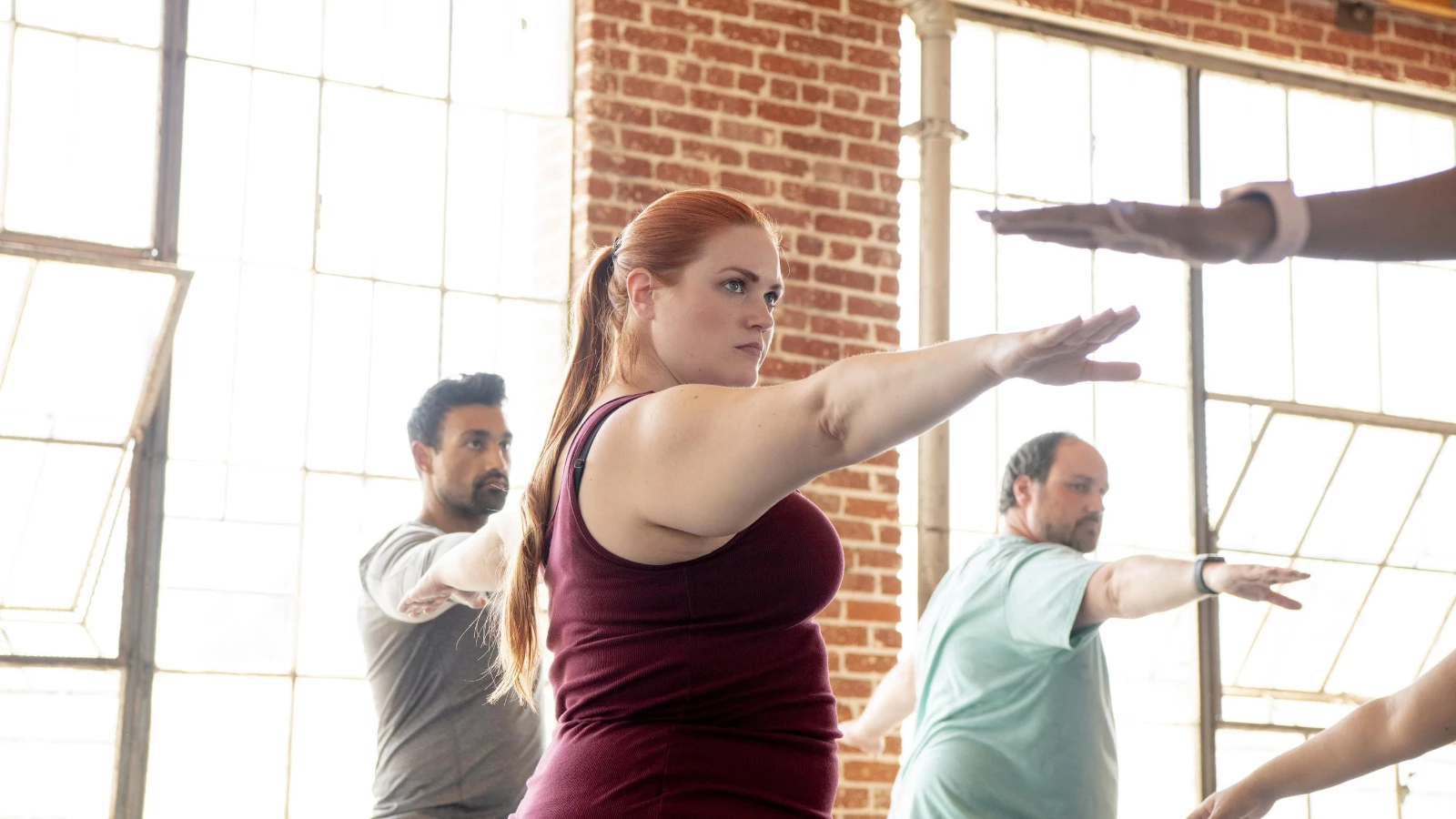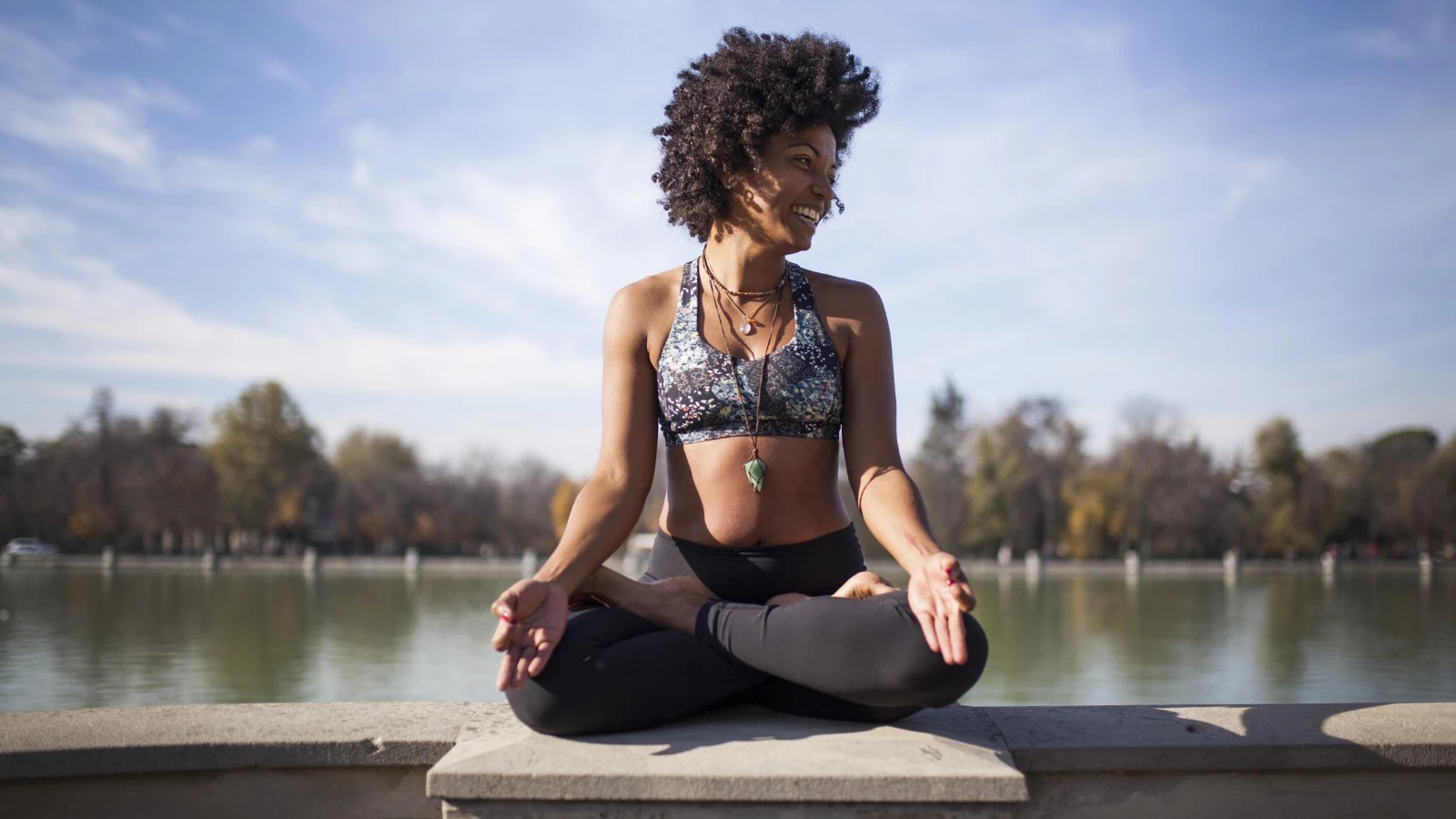How Yoga Can Help You Find Equanimity in the Midst of Change

“The discriminating person knows that suffering is inherent in change, in the anxiety over change, and in the subliminal impressions left by this anxiety. The past and present are intertwined, and even pleasant experiences are tinged with pain. Suffering that is yet to come can be avoided, however, by relinquishing attachment to any desired outcome in the future, since such outcomes are illusory.” ~ Barbara Stoler Miller, from Yoga: Discipline of Freedom
The other day an older friend of mine told me that after three years of being on the market, her house finally sold. Even though this was a great relief—she needed the money from the house to live on during her retirement—she now had a dilemma.
Her original plan had been to live in a small apartment in New York City. But even though New York had recently partly reopened after the extended shutdown, it was still hard for an older person like her to live there alone, because so much of the time she would be stuck inside, especially during the hot, muggy summer and the icy winter. So, she was thinking about maybe moving to Los Angeles, where the weather was better, and she could get a slightly larger apartment, one with a small patio or deck that would give her a safe space for being outside. But she decided that it was impossible right now while everything was still up in the air. How long will it take for New York—and the rest of the world—to return to normal? She sounded philosophical about it. “I really wish I could resolve this now,” she said, “but what can you do?”
I realized afterward that—one way or another—we are all experiencing the same dilemma right now. We’ve all had to scrap our plans and now can only wait to see how things play out. When will the pandemic end? And what will the world be like when it does?
Although I hear some people talking about various “silver linings” of this pandemic, that’s not a phrase I like to use. From my point of view, there is nothing good about what’s been happening these days: people are dying or suffering from long-term physical damage, people are losing their jobs and their homes, and some are even going hungry, and people are feeling scared, anxious, and angry. However, I do see a huge opportunity here, an opportunity to take to heart one of the most important lessons of yoga.
Yoga and the Truth of Impermanence

One of the basic principles of yoga is that change and uncertainty are intrinsic aspects of life. The material world (prakrti), which includes your body-mind as well as other beings and external objects, is by its nature ever-changing. As T.K.V. Desikachar says:
“Although in yoga everything we see and experience is true and real, all form and all content are in a constant state of flux. This concept of continual change is known as parinamavada.” ~ from The Heart of Yoga
The pandemic is teaching us this lesson. Although some are in denial and just want to act as if everything is still the same as it used to be, most of us realize that, like it or not, the world and our lives have been forever altered by this pandemic. It’s not easy, of course. In yoga sutra 2.15, Patanjali identifies change as one of the main causes of suffering:
“All life is suffering for a man of discrimination, because of the sufferings inherent in change and its corrupting subliminal impressions, and because of the way qualities of material nature turn against each other.” ~ translated by Barbara Stoler Miller
How to Find Equanimity through Yoga

Accepting this truth that the material world is impermanent is the first step to finding equanimity. Refusing to accept this truth or “engaging in a fight against reality,” as my friend Scott Lauze says, only increases our suffering because we will always be angry, frustrated, or depressed that things aren’t the same as they once were and that the future is uncertain.
From this basic acceptance, yoga offers us the possibility of liberation from the suffering associated with the ever-changing material world. How you can achieve this depends on the particular yoga path that you choose to follow. But even if you decide not to go further than this, just accepting impermanence can allow you to navigate with greater ease through the challenges of difficult times.
Also, read...
Fascia and the Vagus Nerve: Healing from the Inside Out
What Your Body Tells You Can Protect You From Stress, Study Suggests
Related courses
Breath as Medicine: Yogic Breathing for Vital Aging
Yoga and Myofascial Release: Releasing Chronic Tension with the Bodymind Ballwork Method
Yoga and Detoxification: Tips for Stimulating Lymphatic Health

Nina Zolotow, RYT 500, the author of the forthcoming book “Yoga for Times of Change” and the Editor-in-Chief of the Yoga for Healthy Aging blog, is both a yoga writer and a yoga teacher. She trained to be a yoga teacher at The Yoga Room in Berkeley, California, has studied yoga therapy with Shari Ser and Bonnie Maeda, and is especially influenced by the teachings of Donald Moyer. She also studied extensively with Rodney Yee and is inspired by the teachings of Patricia Walden on yoga for emotional healing. Her special area of expertise is yoga for emotional well-being (including yoga for stress, insomnia, depression, and anxiety). She teaches workshops and series classes on yoga for emotional well-being, stress management, better sleep, home practice, and cultivating equanimity.
Nina is the co-author with Baxter Bell of Yoga for Healthy Aging: A Guide to Lifelong Well-Being and co-author with Rodney Yee of Yoga: The Poetry of the Body (with its companion 50 Card Practice Deck) and Moving Toward Balance. She is also the author of numerous articles on yoga and alternative medicine.



